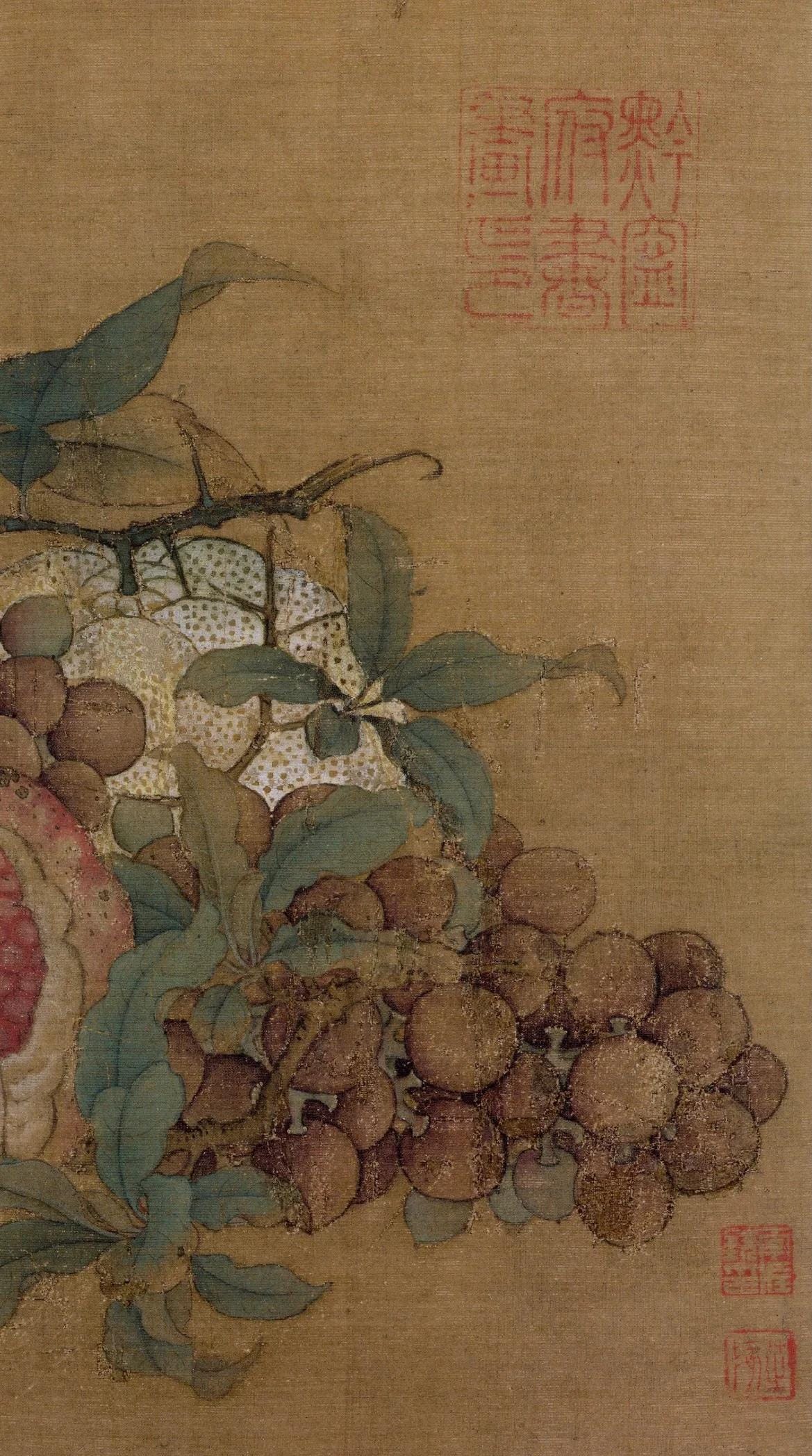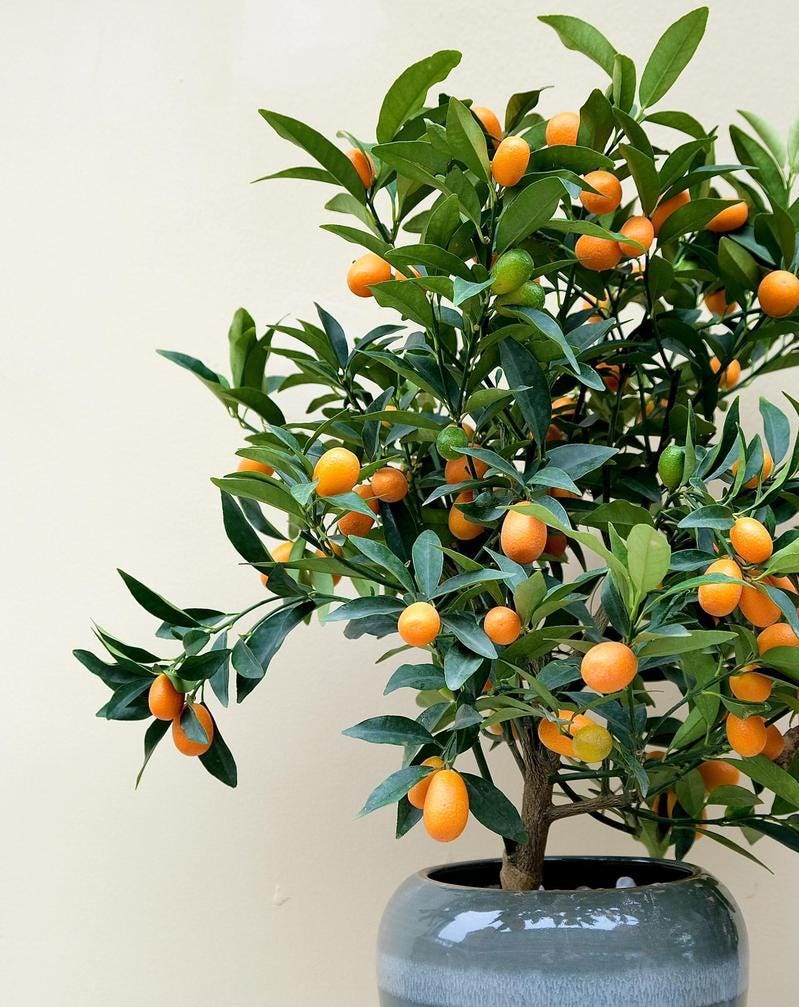Why is mandarin Mandarin? 🍊 - Exploring the Fruit’s Linguistic Roots in History
Hi, we're GATKI from New York. This is our second post here. We thought it'd be fun to share the little storys of how our LIP DEW product got inspired from a Traditional Chinese Medicine, Chenpi(陈皮).
The mandarin orange (Citrus reticulata), known in Chinese as 橘子 (júzi), tells a story that spans millennia. This small, rounded citrus fruit—native to China and Southeast Asia—has been cultivated since the Shang Dynasty, prized not only for its sweet flesh and delicate skin but for its deep cultural significance.
Etymology and Symbolism in Ancient China
The character 橘 (jú) reveals its own poetry: its left side represents "wood," while its right component 矞 (yù) evokes "auspicious clouds." The renowned herbalist Li Shizhen captured this duality in his description: "Red on the outside, yellow on the inside, releasing a fragrant mist when peeled—like clouds in the sky." This poetic observation speaks to both the fruit's physical beauty and its spiritual resonance.
By the Song Dynasty, the fruit's association with good fortune became literal—橘 was often written as 吉 (jí), meaning "auspiciousness." The great poet Qu Yuan further elevated its status in his Ode to the Orange (《橘頌》), where he found in the steadfast orange tree a metaphor for moral integrity.

Auspicious and Many Children, Southern Song Dynasty, Lu Zonggui, Boston Museum of Fine Arts. This is a painting of broken branches with flowers and fruits.
The Journey to "Mandarin"
The term "mandarin" reveals an intricate cultural exchange. British traders in the 19th century named the fruit after Chinese officials (mandarins) and their distinctive orange-yellow robes. As the fruit traveled west, it acquired new names—"China Honey" in America by 1892—while maintaining its association with its origins.
 In 1821, the British came to China to collect specimens and brought kumquats to Europe.
In 1821, the British came to China to collect specimens and brought kumquats to Europe.
The word's journey mirrors that of the Chinese language itself. Western missionaries used "mandarin" to describe the official language they learned to communicate with Qing Dynasty officials, creating a lasting linguistic parallel. Even the Cantonese pronunciation of 橘 (gwat) echoes "luck," adding another layer to its rich symbolism.
Today, "Mandarin" with a capital "M" carries multiple meanings: the language, the fruit, and a broader cultural connection—much like how "China" represents both a nation and its finest porcelain. In this way, the humble mandarin orange becomes a lens through which we can view centuries of cultural exchange and linguistic evolution.
---
Source
Han, Bin, and Xiuxin Deng. 2023. “Pan-genome Study Reveals the Origin and Spread of Aurantioideae Species.” Chinese Science Bulletin (Chinese Version), December. https://doi.org/10.1360/tb-2023-1314.
Plant South Salesroom. 2024. Making Citrus. Plant South Salesroom.
GATKI
Seriously at ease. | Simple formula for sensitive and delicate skin.
